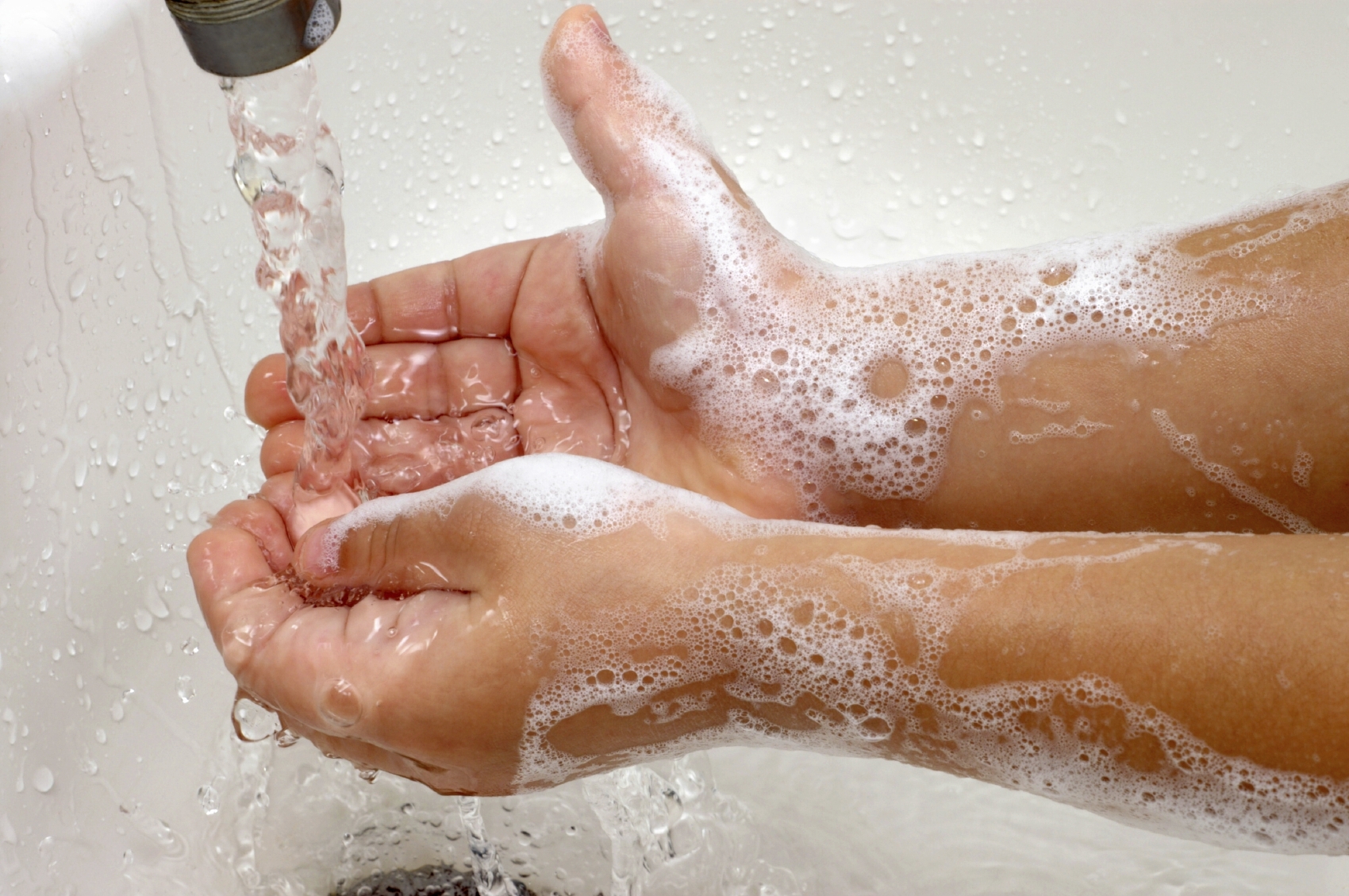To ensure you’re receiving the most up-to-date and accurate information, please choose the correct agency from the homepage. The DHEC website is no longer being updated and will be permanently unavailable Dec. 31, 2024.
From Other Blogs: Handwashing, mold after a flood, safer food choices & more

A collection of health and environmental posts from other governmental blogs.
Protect yourself and wash your hands the right way
Hand washing is the number one way to help prevent the spread of germs and diarrhea-related illnesses. As flu season approaches, it is vital that we make a habit of washing our hands frequently throughout the day. — From Flourish, Palmetto Health’s blog
Tips on Cleaning Mold after a Flood
Returning to your home after a flood is a big part of getting your life back to normal. But you may be facing a new challenge: mold. What can you do to get rid of it? How do you get the mold out of your home and stay safe at the same time? CDC has investigated floods, mold, and cleanup, and offers practical tips for homeowners and others on how to safely and efficiently remove mold from the home. — From the Centers for Disease Control and Prevention’s (CDC) Your Health — Your Environment blog
Help Your Patients Make Safer Food Choices
Every year, an estimated 1 in 6 Americans (or 48 million people) get sick, 128,000 are hospitalized, and 3,000 die of foodborne diseases. Salmonella and Campylobacter, two of the many types of bacteria that are commonly transmitted through food, can cause antibiotic-resistant infections.
As physicians, we can help patients protect themselves against foodborne illness by talking with them about their risk. — From the CDC’s Safe Healthcare blog
Carbon Monoxide (CO) Poisoning Prevention
Every year, at least 430 people die in the U. S. from accidental CO poisoning. Approximately 50,000 people in the U.S. visit the emergency department each year due to accidental CO poisoning. There are steps you can take to help protect yourself and your household from CO poisoning. Change the batteries in your CO detector every six months. If you don’t have a battery-powered or battery back-up CO detector, buy one soon. — From the CDC’s Your Health — Your Environment blog